See How Easily You Can Make Your World Building Feel Detailed
The Iceberg Theory of Storytelling
Blauw Films

You’re building a world
You want it to be as in-depth and colourful as possible. You want the audience to feel like they live there, to feel the ocean breeze and taste the most exotic fruits.
You can spend several lifetimes sketching out every little detail, but at some point, you need to stop building your world and start writing your story!
The key question we are going to answer in this post is:
How do I make my world detailed?
And the answer is quite simple… you don’t necessarily have to! Perhaps we are asking the wrong question. Perhaps the question we should be asking is:
How do I make my world feel detailed?
The Iceberg Theory
Ernest Hemingway said in an interview with The Paris Review, 'I always try to write on the principle of the iceberg. There is seven-eighths of it underwater for every part that shows. Anything you know you can eliminate, and it only strengthens your iceberg. It is the part that doesn’t show. If a writer omits something because he does not know it, then there is a hole in the story…'
What Does Hemingway Mean?
This is known as The Iceberg Theory.
Hemingway recognizes your audience will only see a small fraction of the world you build. They will merely see the details that are key to the story jutting out of the water. But Hemingway is also saying that you as the writer need to know all of the details that make up the rest of the submerged iceberg.
But do you?
The Hollow Iceberg Theory
Brandon Sanderson said in a series of lectures at Brigham Young University, 'This is not what we’re doing… most of the time what we’re actually doing… is a hollow iceberg. We’ve done just enough work that if you look down into the water, you’re like, ‘yup, that goes on’...'
What Does Sanderson Mean?
He goes on to say, 'If you are doing world-building, you are doing only what you absolutely need for your story and you’re hinting that the rest is there in a way that lets the reader say, ‘oh, they’ve done all that.’ In one sense, he is agreeing with Hemingway that the audience only sees the tip of the iceberg, but where their opinions differ is that Hemingway believes the audience will see through you if you don’t have all the details. Sanderson believes, as do I, that, 'unless you are grandpa Tolkien…you don’t have time to create the iceberg… what you do instead is you learn to fake it.'
So how do you fake it?
5 tips to make your Hollow iceberg appear Solid
1. The Devil’s in the Details
- 'It’s done by getting small details right so the reader is allowed to assume you got everything else right, or it's about doing one thing really well that the reader knows you’ve done well, so they trust you that all the rest of it is there' (Sanderson). Focus on getting small, specific details right to build trust with your audience so they believe that the rest of the world is equally well-constructed.
2. Start Simple
- Avoid starting with complex settings. Ease your audience into your universe and remember the shallower the learning curve, the easier it is for them to immerse themselves in your story and your world.
3. The Eye of the Beholder
- Deliver your world through your characters' eyes. Ground your audience by grounding your characters. Only focus on your character’s objectives and their interactions with the world.
4. Don’t Sweat the Small Stuff
- If you feel overwhelmed, then don’t worry about it! You are allowed to edit your work! Start with your story, and you can always flesh out the world details later.
5. Show Don’t Tell (But Sometimes Tell!)
- Avoid exposition-heavy narratives, but if you are struggling to get the finer points of your world across to the audience then a useful tool is the Apprentice Plot or the Watson Character (Sherlock Holmes), where a character new to the world learns alongside the audience. Then it will make sense for other characters to explain things to them (and therefore to the audience) without it feeling too heavy-handed.

Conclusion
Effective world-building does not require exhaustive detailing of every aspect of your universe. Instead, it's about making the world feel detailed and believable.
By using some of the techniques laid out in this post, you can create rich, immersive worlds that feel in-depth, while avoiding overburdening yourself or your audience with unnecessary complexity.
Are you team Hemingway or team Sanderson?!
Do you think the hollow iceberg approach is cheating your audience or just good sense?!

Reading List
References
- Worldbuilding — Wikipedia
- The Iceberg Theory — Wikipedia
- Ernest Hemmingway — Wikipedia
- Brandon Sanderson — Wikipedia
- Ernest Hemingway, The Art of Fiction No. 21 — Bradybouchard
- Brandon Sanderson on Writing Science Fiction and Fantasy — YouTube


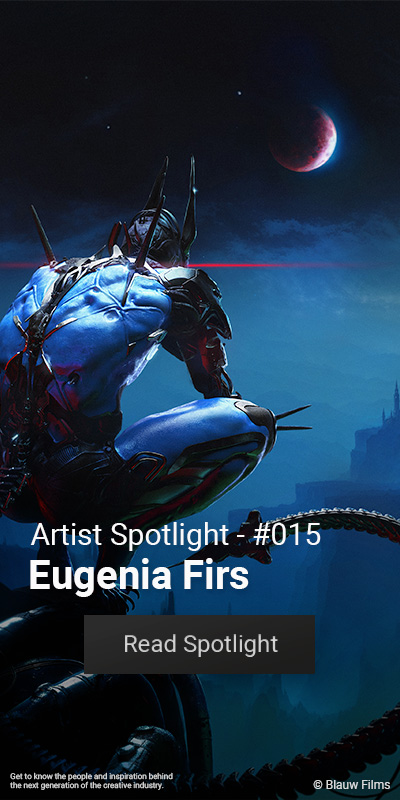





.png)






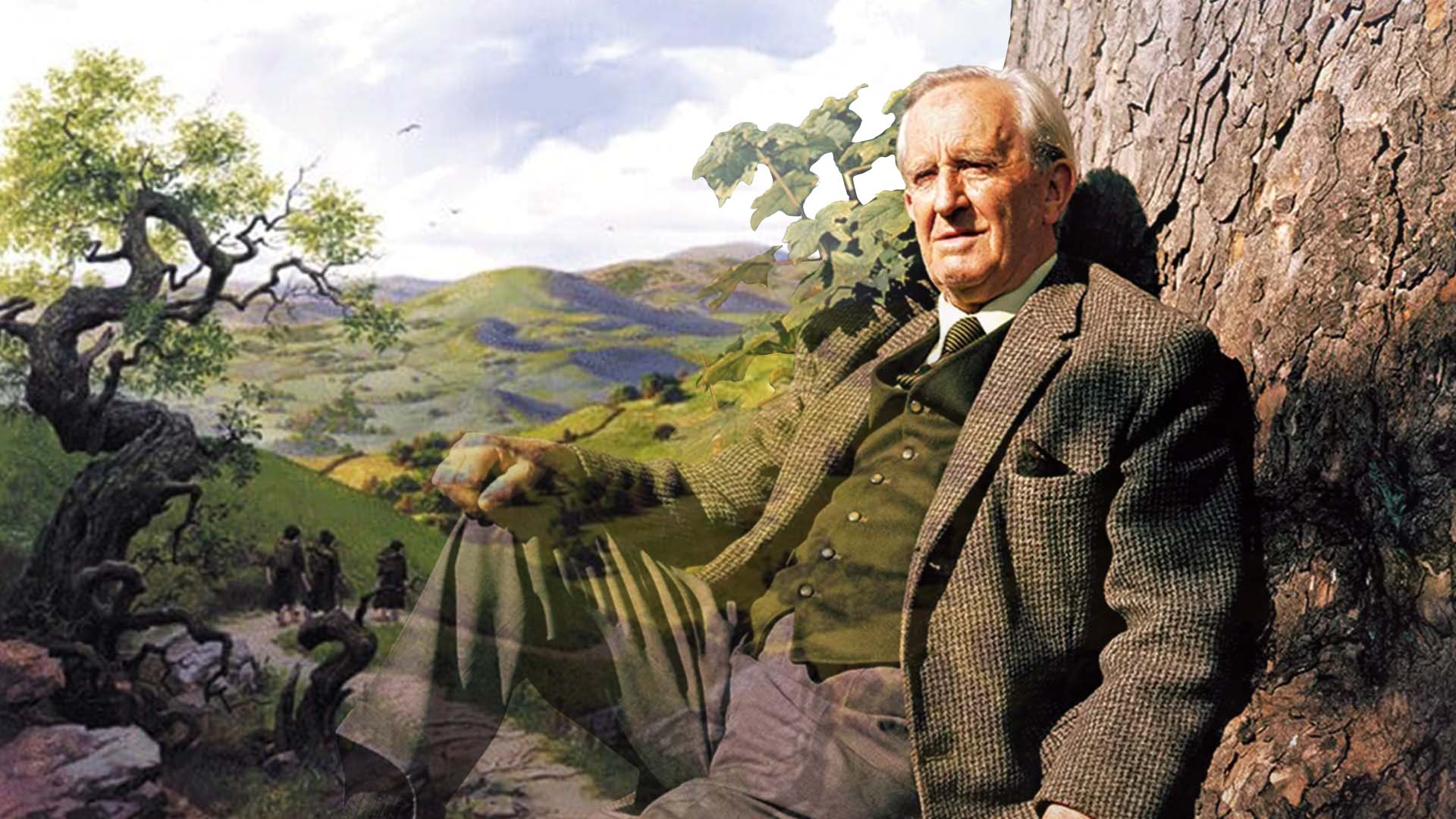


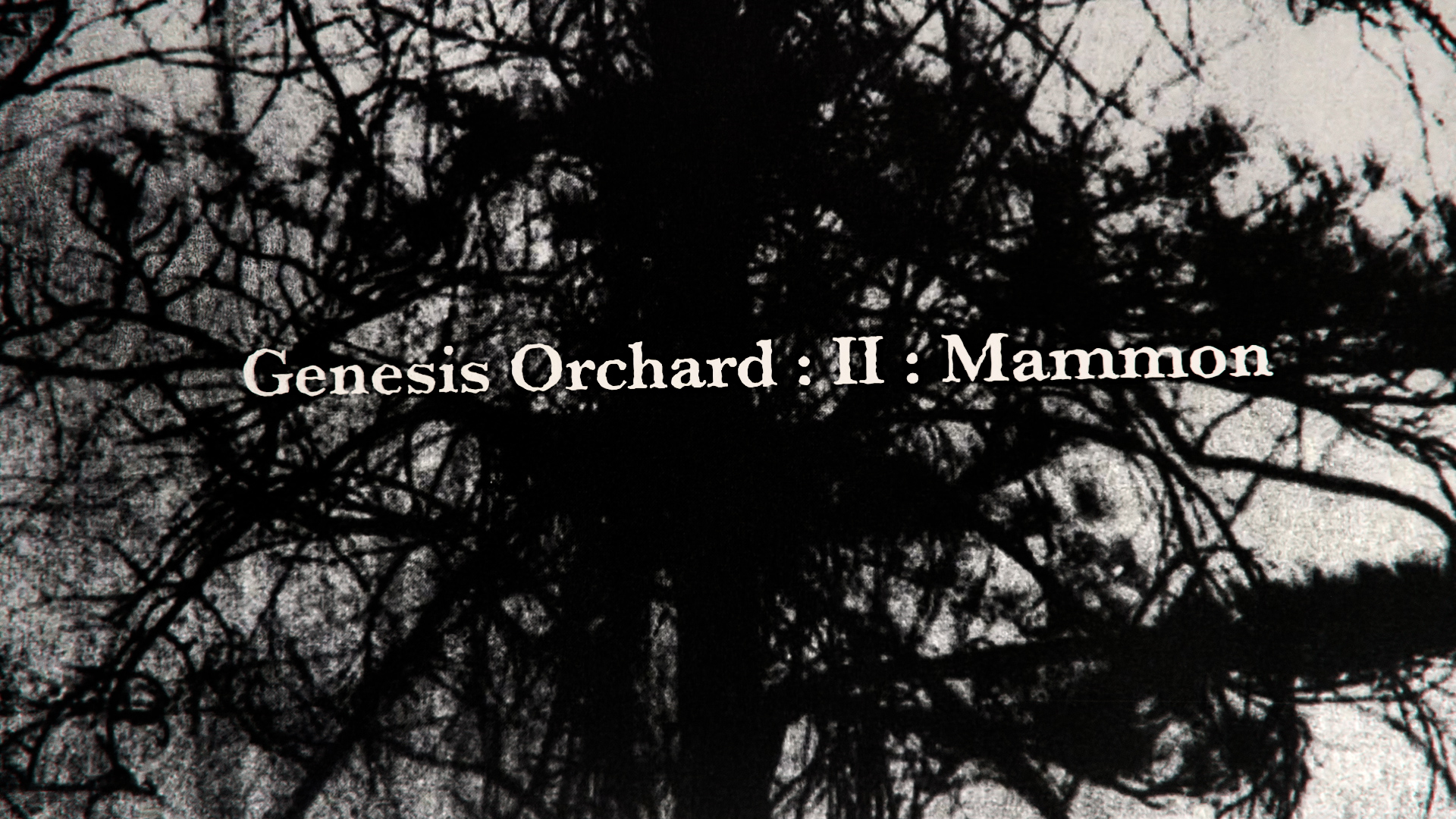

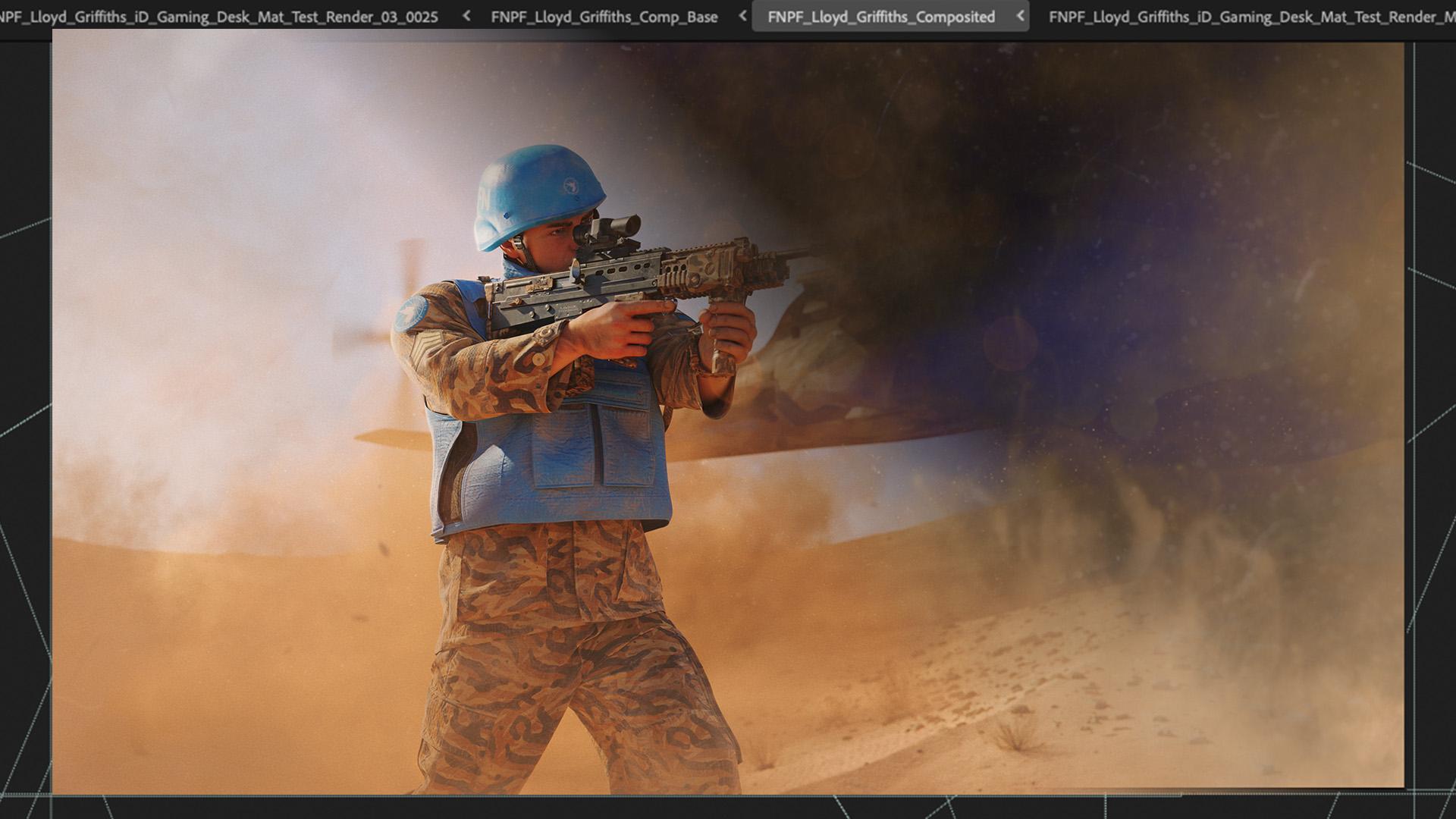
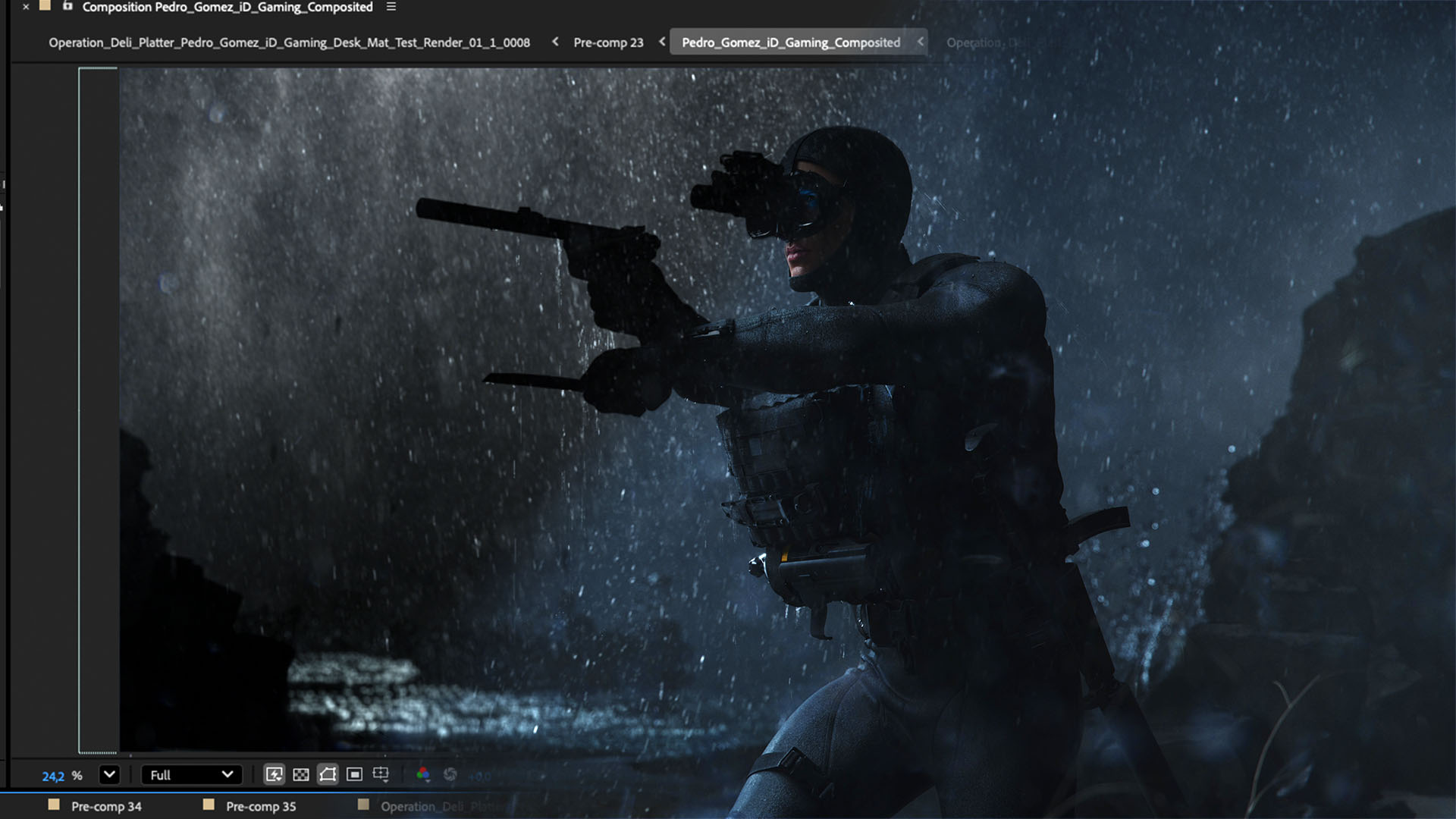


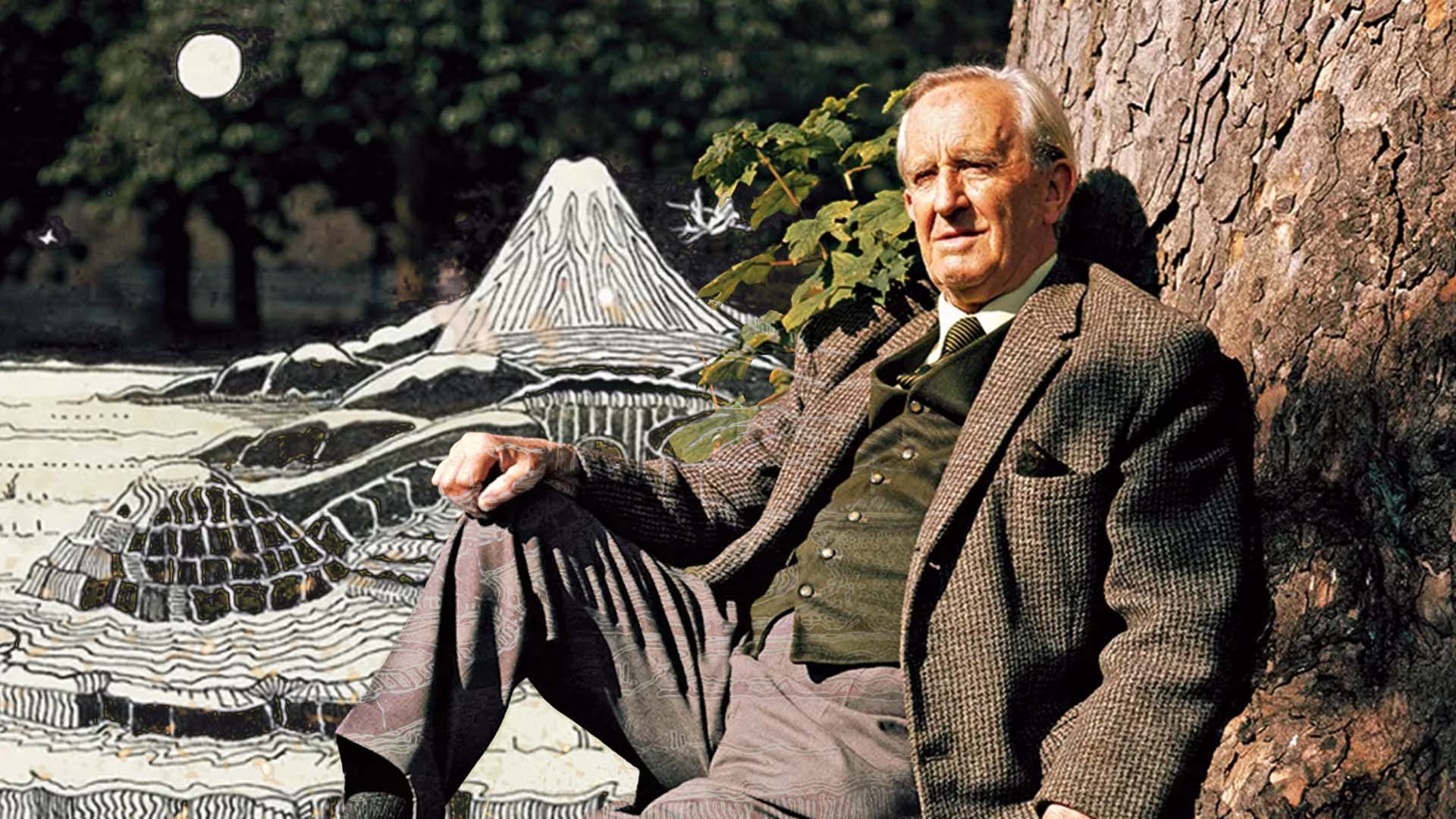







%20by%20Ivan%20Aivazovsky.jpg)






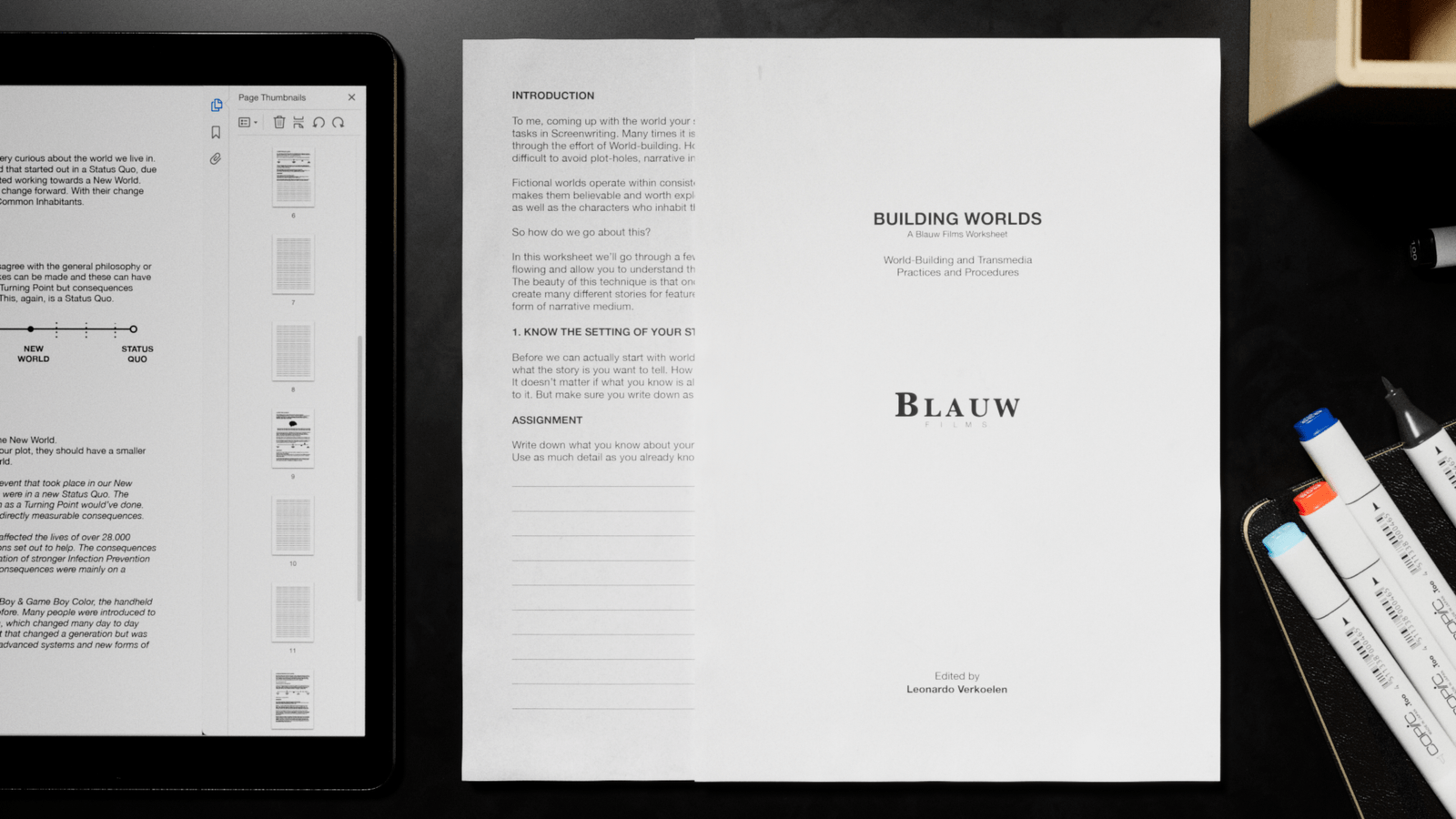







































































0 Comments